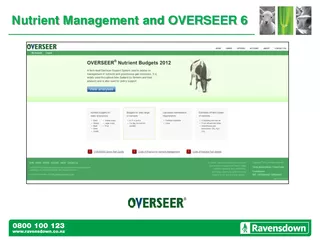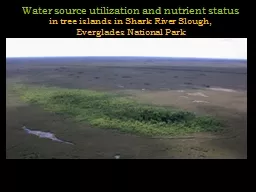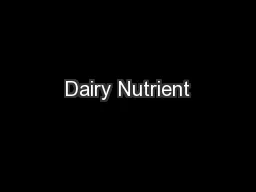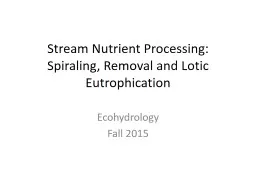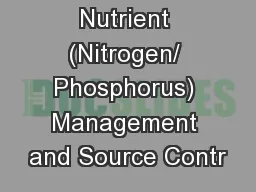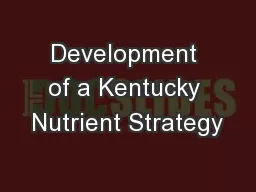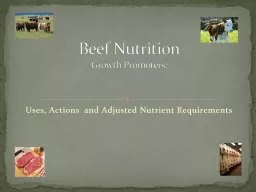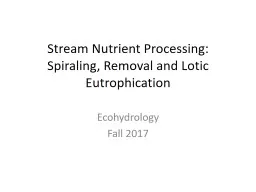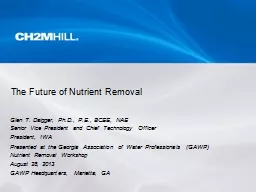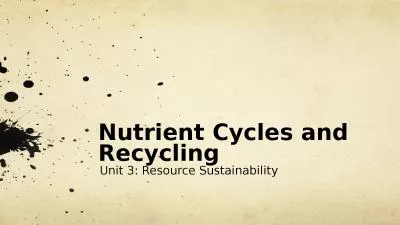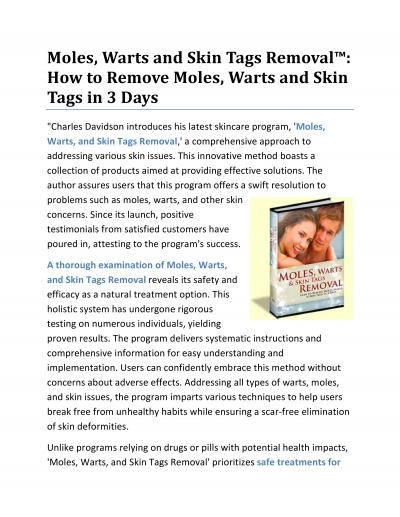PPT-Nutrient Removal Introduction and Overview
Author : kittie-lecroy | Published Date : 2019-11-21
Nutrient Removal Introduction and Overview University of Kansas 100 th Annual Water and Wastewater School Lawrence Kansas July 30 2019 Grant Weaver PE amp wastewater
Presentation Embed Code
Download Presentation
Download Presentation The PPT/PDF document "Nutrient Removal Introduction and Overvi..." is the property of its rightful owner. Permission is granted to download and print the materials on this website for personal, non-commercial use only, and to display it on your personal computer provided you do not modify the materials and that you retain all copyright notices contained in the materials. By downloading content from our website, you accept the terms of this agreement.
Nutrient Removal Introduction and Overview: Transcript
Download Rules Of Document
"Nutrient Removal Introduction and Overview"The content belongs to its owner. You may download and print it for personal use, without modification, and keep all copyright notices. By downloading, you agree to these terms.
Related Documents


